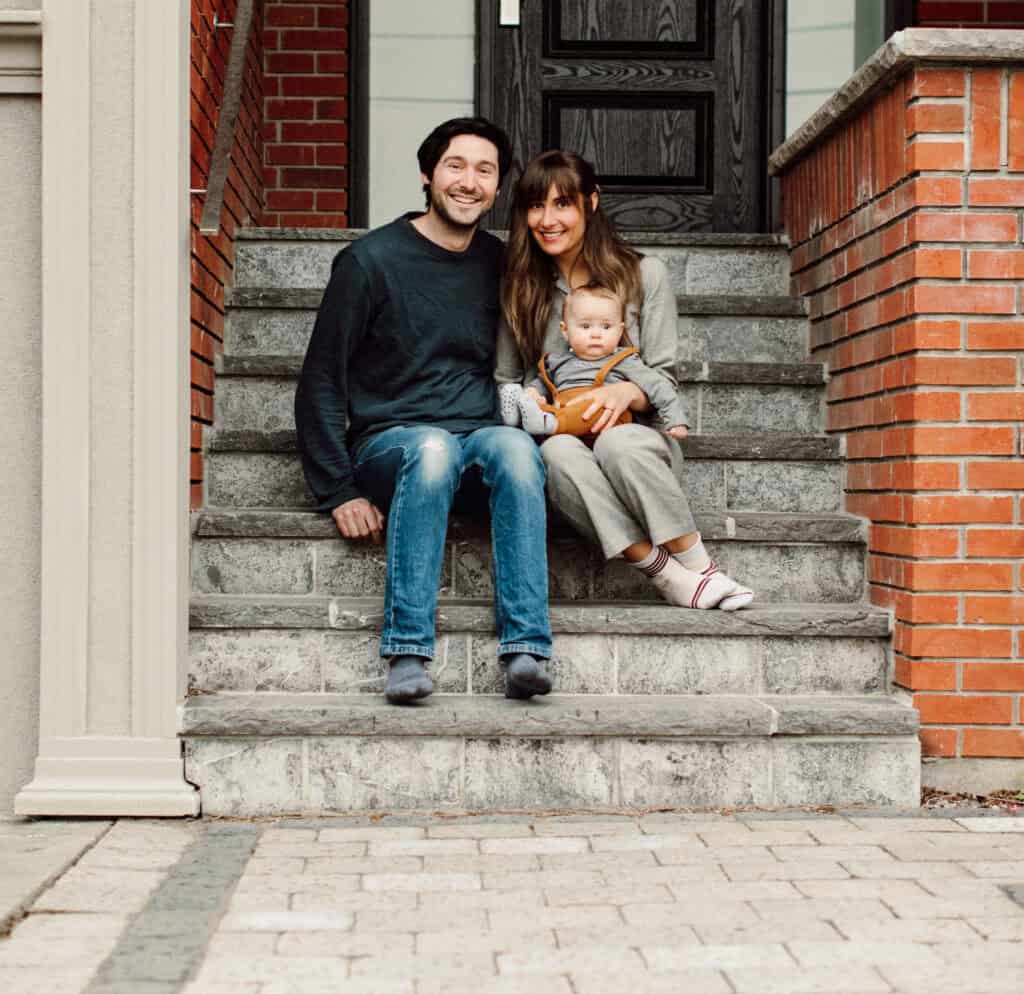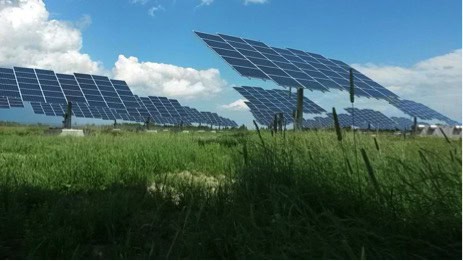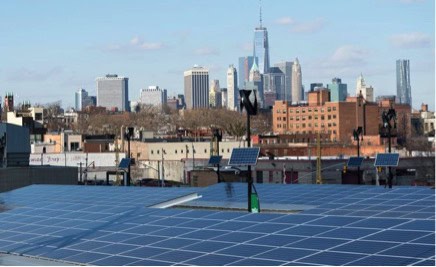
Part Nine of Jory and Jill’s Personal Impact Investing Journey
The pandemic has hit in the midst of two major life changes for my family. This past year Jill and I welcomed our son Hayzen and then also bought a new home. Just as we settled into our new life with our family of three, the pandemic hit. Chaotic and destructive as its been, my one personal silver lining is self-isolating with Jill and Hayzen. I’m so fortunate to have this unexpected extra time at home with our little guy.
The previous post in this series explained how we liquidated our investments to purchase the house, shortly after our son was born. After selling off most of our investments and closing on the property, over half of our portfolio was sitting in cash, which is out of line with our desired asset mix and impact investing strategy.
With that in mind, my initial reaction was to quickly put all this remaining cash to good use through new impact investment opportunities. Good thing I didn’t because then the pandemic hit. However, we did make one new investment before it happened; Urban Green Energy, better known as UGE. It only accounts for a small portion of our portfolio, still leaving us with half of our portfolio in cash.
I first learned about UGE when an industry colleague connected me with Nick Blitterswyk, the CEO of UGE. When Nick and I sat down to chat, he explained that UGE develops, finances, and operates mid-scale commercial solar power systems (photovoltaic systems). UGE’s business model includes financing the construction of solar power systems and then earning revenue through the sale of outputted clean energy.

Source: UGE
Recently, UGE evolved its business model to not only develop solar power systems but also retain ownership of those projects. Compared to their previous strategy of project development for clients, UGE believes project ownership will lead to stronger financial returns through continuous cash flow over a project’s operational lifecycle, which is generally 20 to 25 years.
Although this business model transition led to a steep decline in revenue in 2019, UGE is forecasting strong revenue and growth, especially since the company has over $45 million worth of project backlog. The company expects to increase its gross margins significantly by developing projects for clients to retain project ownership. The transition to project ownership has almost tripled gross margins from 10% in 2018 to 27% in 2019.
I’m familiar with the clean energy investment model, specifically solar power systems, through previous allocations to SolarShare and CoPower, which you can read about here, and a relatively recent investment in RE Royalties, which I explained in a previous post. My investment experience with this sector provides me with supporting evidence to validate UGE’s business model evolution. It will be interesting to track UGE’s progress over time.

Source: UGE
UGE shares similar structural characteristics to another company in our portfolio, Great Quest Fertilizer. Like Great Quest, UGE is publicly traded and listed on the TSX Venture Exchange.
While technically a public company, due to UGE’s relatively small size, I classify our allocation to UGE as an alternative investment with comparable characteristics to a private equity investment. This means that the UGE investment is allocated to our portfolio’s alternatives asset class and not the Canadian public equities portion of our portfolio. Below is what our asset allocation mix looked like at the beginning of January 2020.
Also, similarly to Great Quest, we invested in UGE after a gradually steep decline in the share price. At the time of our investment, Great Quest’s peak share price was valued over $4.00. We invested when shares were trading around $0.15. In 2014, UGE’s share price was well over $9.00. We invested in UGE when their share price was around $0.30. Coupled with their compelling business model, this leads me to believe in UGE’s growth potential from both an operational and value perspective.
In terms of impact, UGE’s core business contributes to two of the United Nations Sustainable Development Goals: providing access to clean energy and combating climate change. As noted previously in this post, our portfolio allocation to UGE was a modest one, barely moving the needle in our transition to a 100% impact portfolio. Before UGE, we invested 27% of our portfolio for impact; it now sits at 28% impact.
Even though UGE is an attractive investment due to its financial and impact potential, I was considerably disappointed with the composition of its executive team and board of directors. There are very few women and people of colour in senior positions at UGE, which is both disappointing and a lost opportunity for the company.
There is ample evidence that supports the positive correlation between diversity and inclusion with financial performance. When I brought up this topic with Nick, he echoed my concern and shared the company’s commitment to diversity and inclusion at the leadership level. I’ll be keeping tabs on UGE’s leadership development to consider holding this investment.
The next post in this series will explain how we allocated a significant portion of our idle cash. Here’s a hint: we invested it in a new global equities impact fund. I guess that was more of me sharing the answer than me providing a clue! I’ll go into detail about that investment in the next post.
Disclaimer: This blog post is not investment advice, nor is it an investment recommendation, so don’t take it as that and don’t rely on it! Seek independent professional investment advice.
Photo Credit: Inna Yasinska Photography